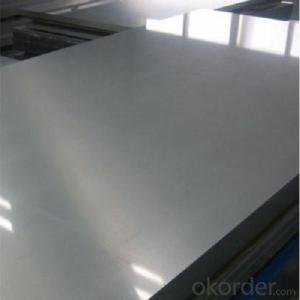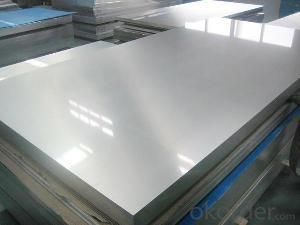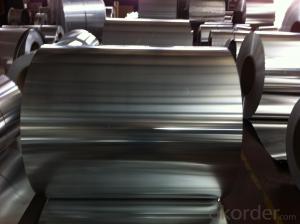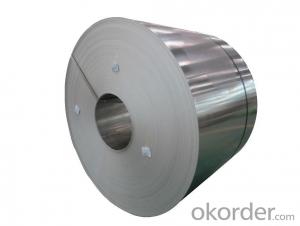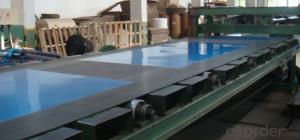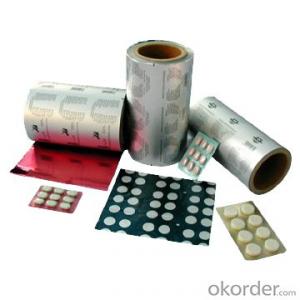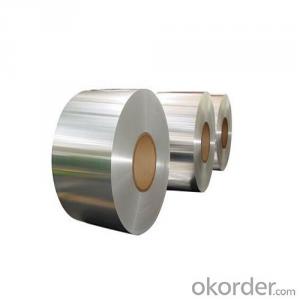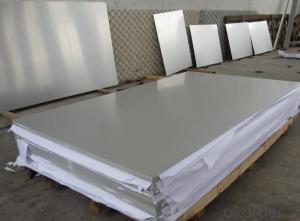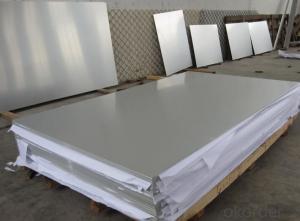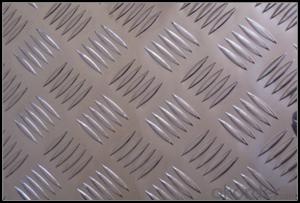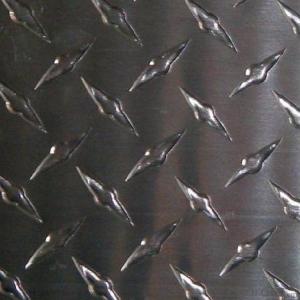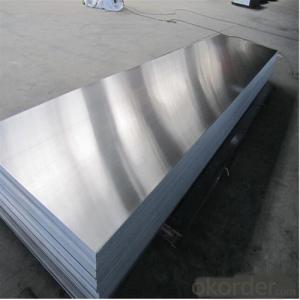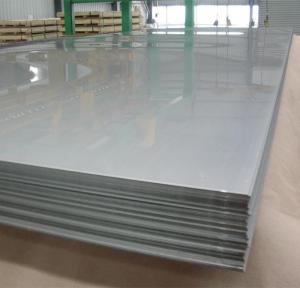Dark Bronze Anodized High Strength 5052 Aluminium Sheet for Boat Construction
- Loading Port:
- Shanghai
- Payment Terms:
- TT OR LC
- Min Order Qty:
- 2.5
- Supply Capability:
- 5000 m.t./month
OKorder Service Pledge
OKorder Financial Service
You Might Also Like
Specification
High Strength 5052 Aluminium Sheet for Boat Construction
l Production Introduction
| Product | High Strength 5052 Aluminum Sheet for Boat Construction |
| Thickness | 0.2mm-500mm |
| Width | 1000, 1219, 1500mm or as customized width |
| Length | As per customer's requirement |
| Temper | H32 H34 H112 O |
| features | 1. Easy installation 2. High strength 3. Low in costs 4. Durable 5. Nice appearance 6. Anti oxidation |
| Application | 1. Marine construction 2. Decoration 3. Curtain wall or facade 4. Shelter 5. Oil tank 6. Mould |
| Surface | Every piences covered with PE film |
| Minimun Order Quantity | 2.5 tons per size |
| Lead time | 16 days after receving L/C or deposit |
| Loading port | Shanghai |
l Packaging & Delivery
Packaging detail: Inner packing: each sheet is covered with PE film or kraft paper;
Outer packing: wooden pallet/case with seaworthy packing or as per customer's requirement.
Delivery detail: 16 days
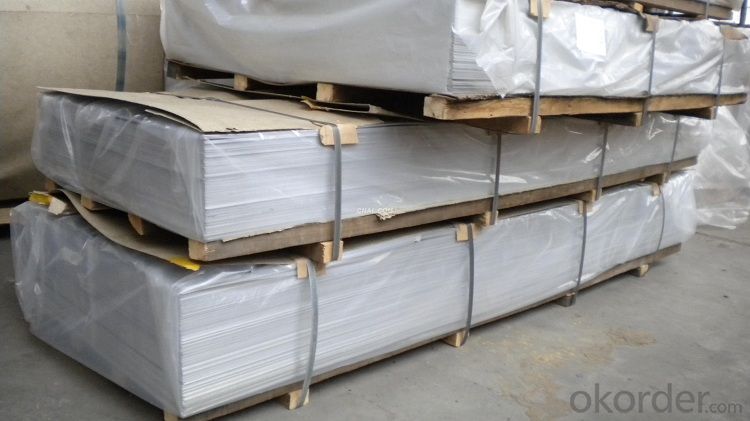
l Company Profile
CNBM, China National Building Material Group Corporation is the largest state owned company under central government of China that deals with building materials and industrial equipment.
Since 1984, we are professional manufacturer of construction machinery and equipment with the brand CMAX. Here I recommend our Aluminium Treadplate to you.
We have our own factory, logistics system, e-business platform, and oversea warehouse. Our products meet international quality standard, with CE certificate. 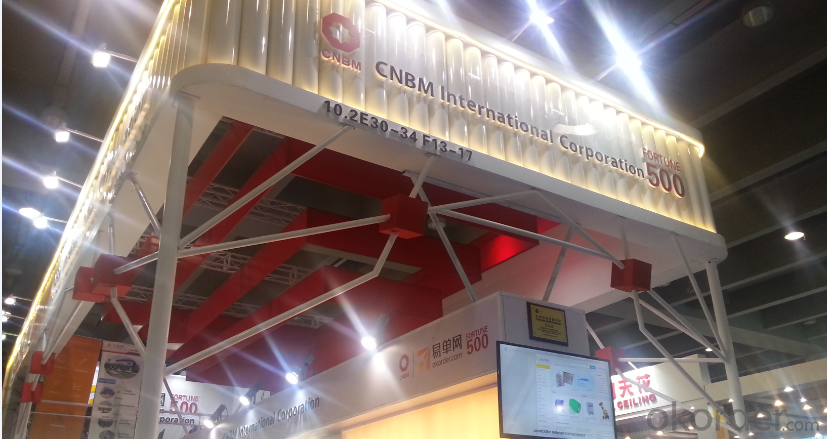
l CNBM World Wide
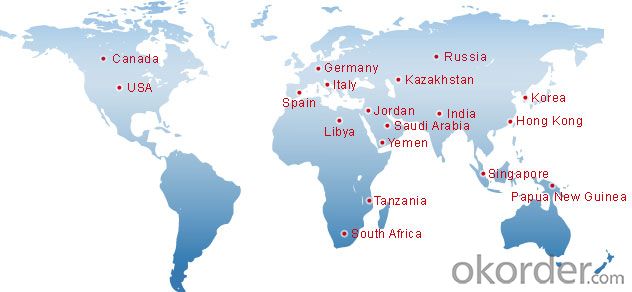
l Product Images
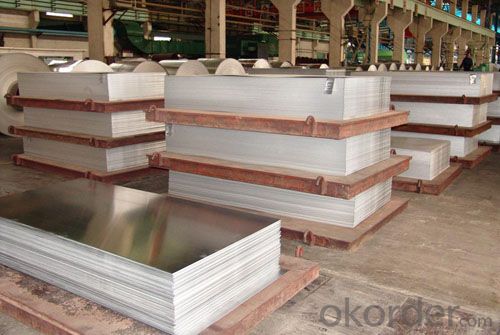
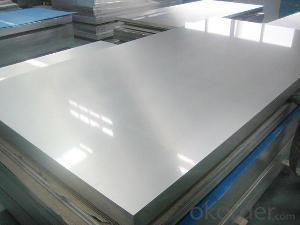
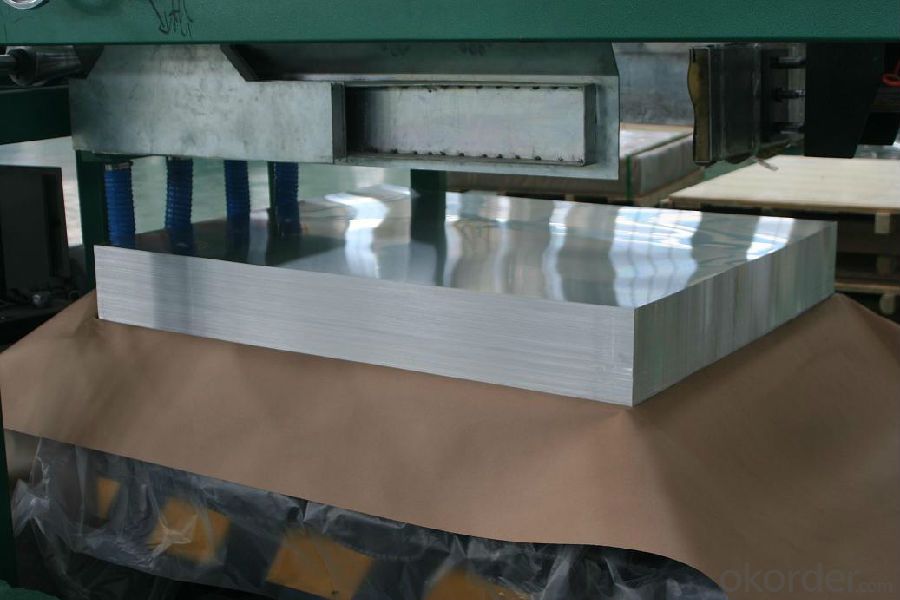
l Certificates
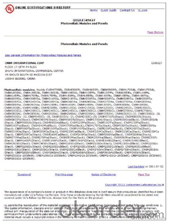
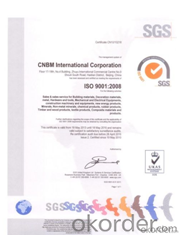
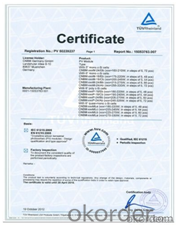
l FAQ
Q: Do you provide free samples?
A: Yes, free samples will be sent to you on freight at destination.
Q: Can I get your latest products catalogue?
A: Yes, it will be sent to you in no time.
Q: What is the MOQ?
A: 2.5 tons per size
Q: What are your payment terms?
A: We accept L/C, T/T.
- Q: What are the different edge treatments available for aluminum sheets?
- There are several different edge treatments available for aluminum sheets, each serving a specific purpose or aesthetic preference. Some common edge treatments for aluminum sheets include: 1. Mill Finish: This is the standard edge treatment for aluminum sheets, where the raw edges of the sheet are left untreated after the manufacturing process. It has a smooth, unfinished appearance. 2. Trimmed: In this treatment, the rough edges of the aluminum sheet are trimmed and smoothed to create a clean, rounded edge. This is often done using shearing or milling techniques. 3. Deburred: Deburring is a process where the sharp edges of the aluminum sheet are removed, typically by filing or sanding, to eliminate any potential hazards or sharpness. It results in a smoother, safer edge. 4. Rolled: Rolled edges are created by bending the edges of the aluminum sheet inward or outward. This treatment provides additional strength and rigidity to the sheet and can also enhance its appearance. 5. Anodized: Anodizing is a surface treatment that involves immersing the aluminum sheet in an electrolytic solution and applying an electric current. This creates a protective oxide layer on the surface, which can be colored to provide an attractive and durable edge finish. 6. Powder Coated: Powder coating involves applying a dry powder paint onto the aluminum sheet, which is then heated to form a hard, protective finish. This treatment can be used to create a variety of colors and textures for the edge. 7. Brushed: Brushed finishes are achieved by brushing the aluminum sheet with abrasive materials, creating a textured and visually appealing edge. This treatment is often used for decorative purposes. 8. Polished: Polishing involves buffing the aluminum sheet to create a smooth, reflective surface. This treatment is commonly used for architectural and decorative applications to enhance the appearance of the edge. These are just a few examples of the various edge treatments available for aluminum sheets. The choice of treatment depends on factors such as the intended use, desired aesthetics, and functional requirements of the aluminum sheet.
- Q: This question asks about the distinctions between aluminum sheets that are produced domestically versus those that are imported.
- <p>Yes, there can be differences between domestic and imported aluminum sheets. These differences may include quality standards, material composition, thickness, surface finish, and price. Domestic sheets are often produced to meet local standards and regulations, while imported sheets may adhere to different international standards. The manufacturing process and raw materials used can also vary, leading to differences in durability, strength, and workability. Additionally, imported sheets might have different certifications or come from countries with lower production costs, which can affect the price. However, it's important to note that not all imported aluminum sheets are of lower quality; some may be of higher quality or have specific characteristics that are not available domestically.</p>
- Q: Can aluminum sheets be used as heat shields?
- Yes, aluminum sheets can be used as heat shields. Aluminum has high thermal conductivity, which means it can effectively absorb and distribute heat, making it an excellent material for heat protection. It is commonly used in various applications such as automotive, aerospace, and industrial settings to shield sensitive components from high temperatures.
- Q: what's the difference between zinc sheet and aluminum sheet?
- Only zinc sheet can react, zinc is amphoteric.
- Q: What are the different types of surface treatments available for aluminum sheets?
- Aluminum sheets can be treated in a variety of ways to achieve specific purposes and unique characteristics. Anodizing, painting, powder coating, and polishing are some of the most commonly used surface treatments for aluminum sheets. Anodizing involves the creation of a thick oxide layer on the surface of the aluminum sheet. This treatment not only enhances the appearance by providing a range of colors but also increases corrosion resistance and durability. Anodized aluminum sheets are widely utilized in architecture, automotive parts, and electronics. Painting is another popular surface treatment for aluminum sheets. It entails applying a layer of paint to enhance appearance and provide additional protection against corrosion and wear. Painted aluminum sheets are commonly seen in signage, building facades, and decorative applications. Powder coating is a type of surface treatment where a dry powder is applied to the aluminum sheet and then heated to create a protective layer. This treatment offers excellent durability, resistance to weathering, and a wide range of color options. Powder coated aluminum sheets find extensive use in the construction industry, as well as for automotive parts and appliances. Polishing involves buffing the aluminum sheet to create a smooth and reflective surface. This treatment enhances the aesthetics, making it perfect for decorative applications like furniture, jewelry, and architectural accents. In summary, the selection of surface treatment for aluminum sheets depends on desired appearance, functionality, and application requirements. Each treatment provides distinct advantages and characteristics, allowing for versatility and customization in various industries.
- Q: This question asks for a comparison of the cost of aluminum sheets with other building materials.
- <p>Aluminum sheets are generally considered cost-effective compared to other building materials, especially when considering their long-term benefits. They are relatively inexpensive to produce and install, and their low maintenance requirements can save costs over time. However, their initial cost may be higher than some materials like wood or vinyl. Aluminum's resistance to corrosion and weathering means it lasts longer, which can offset the higher upfront cost. In contrast, materials like steel might be more expensive due to their weight and the cost of corrosion protection, while concrete and masonry are typically more costly for both materials and labor. The cost-effectiveness of aluminum can vary based on regional prices, specific project requirements, and the type of aluminum product (e.g., thickness, finish).</p>
- Q: How does the thickness of aluminum sheet affect its strength?
- The strength of an aluminum sheet is directly influenced by its thickness. Generally, a thicker aluminum sheet will possess greater strength compared to a thinner one. This correlation arises from the fact that the thickness of the sheet determines the quantity of material present, ultimately impacting its ability to endure external forces or loads. Typically, the strength of a material is measured based on its capacity to withstand stress without deforming or failing. Thicker aluminum sheets have a larger volume of material, resulting in an increased number of atoms and bonds to counteract forces. Consequently, these sheets exhibit a heightened resistance to deformation or failure, thus rendering them stronger. Furthermore, thicker aluminum sheets boast a higher load-bearing capacity. Consequently, they can endure heavier loads or higher pressures without distorting or failing. The augmented thickness allows for a greater distribution of the load, thereby reducing the stress placed on individual atoms and bonds within the sheet. Nevertheless, it is crucial to acknowledge that there exists a limit to the thickness at which the strength of an aluminum sheet reaches a plateau. Once this threshold is surpassed, further increasing the thickness may not yield significant improvements in strength. This limitation arises from the influence of other material properties of aluminum, such as its crystal structure and grain boundaries, which also contribute to determining its strength. To conclude, the strength of an aluminum sheet is directly linked to its thickness. Thicker sheets possess more material, enabling them to effectively resist deformation or failure under stress. Furthermore, their increased thickness allows them to support heavier loads or endure higher pressures. However, it is important to recognize that there is a limit to the thickness at which the strength plateaus, as other material properties also come into play.
- Q: I wish to purchase an 8' step ladder as well as a medium length extension ladder. What are the pros and cons of aluminum vs. fiberglass?
- The main advantage of fiberglass ladders is the reduction of electric shock from contact with electric wires. A disadvantage of fiberglass ladders is the tendency of fiberglass to crack. The inverse of this applies to aluminum. I bought a Little Giant ladder; it is a 300lb rated aluminum ladder with great stability and can function as a 12' step ladder and a 21' extension ladder. It cost me over $400, but after using it for over a year I would not buy any other kind regardless of the price. This is a solid, well-made ladder with great versatility. It also comes in smaller versions; I think the smallest one collapsed takes up only about 5 feet of space.
- Q: I was quoted $5000+ to upgrade my house from 100A electric service to 400A. Part of the reason for the high cost is the cost of copper. What size copper wire is needed for 400A, and how much does it cost per foot? Would it be a lot cheaper to use aluminum wire?
- Yeah, aluminum isn't allowed in new or renovated construction. The size of cable needed for 400A will be determined by the service provider. Probably 4/0 size cable. New service means a new panel and new wiring. 14/2 is suitable for lighting and general receptacle use up to 15A, but 20A is required for all kitchen outlets, so use 12/2. If you use 12/2 throughout, be sure to use 20 amp breakers in the panel. Since 14/2 is only rated up to 15A, if you use 14/2 with 20 amp breakers, you run the risk of overheating and causing a fire.
- Q: Can aluminum sheets be painted or coated?
- Aluminum sheets have the ability to be painted or coated. Aluminum, being a versatile material, can easily be painted or coated in order to enhance its appearance or improve its performance. The key to successfully painting or coating aluminum lies in adequately preparing the surface and using appropriate primers or coatings specifically designed for aluminum. To achieve this, the aluminum sheet's surface must be thoroughly cleaned, devoid of any oils, dirt, or oxidation, and may require sanding or etching to promote adhesion. Once the surface is prepared, a wide array of paints or coatings can be applied, including liquid paints, powder coatings, and anodizing. These finishes offer various advantages such as heightened corrosion resistance, improved durability, enhanced aesthetics, and even specialized properties like heat resistance or anti-microbial properties. It is crucial to seek professional advice or adhere to the manufacturer's instructions to ensure the correct application and long-lasting effects of the paint or coating on aluminum sheets.
Send your message to us
Dark Bronze Anodized High Strength 5052 Aluminium Sheet for Boat Construction
- Loading Port:
- Shanghai
- Payment Terms:
- TT OR LC
- Min Order Qty:
- 2.5
- Supply Capability:
- 5000 m.t./month
OKorder Service Pledge
OKorder Financial Service
Similar products
Hot products
Hot Searches
Related keywords
